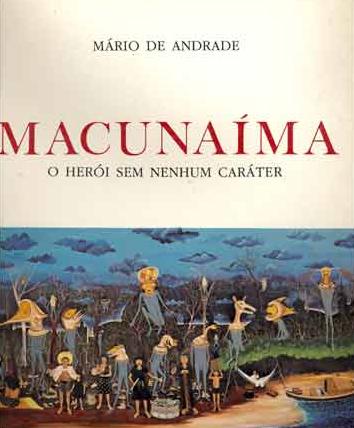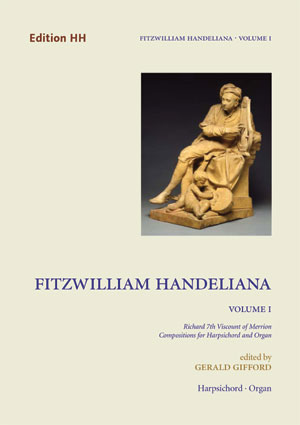
Besides his training as a graphic artist, Jean Paucton, the prop man at the Palais Garnier in Paris, studied beekeeping at the Jardin du Luxemboug. In the mid-1980s he ordered his first hive, which was delivered to him at the Opéra, sealed and full of bees. He had intended to take it to his country house north of Paris, but when his plans changed the building’s fireman—who had been raising trout in a huge firefighting cistern under the building—advised him to place them on the seventh-floor roof at the back of the Palais Garnier.
Paucton gradually increased the number of hives to five, and from approximately 75,000 bees he annually collects about 1000 pounds of honey, which he packages in tiny jars, each with the label “Miel récolté sur les toits de l’Opéra de Paris, Jean Paucton”.

Thanks to the concentration of fragrant flowering trees and shrubs at the Bois de Boulogne, the chestnut trees in the Champs Élysées, and the linden trees in the Palais Royal, his honey has an intense floral flavor; it is sold at the Opéra’s gift shop and at the Paris gourmet shop Fauchon.
This according to “Who’s humming at Opera? Believe it or not, bees” by Craig S. Smith (The New York times 152/52,526 [26 June 2003] p. A:4).










